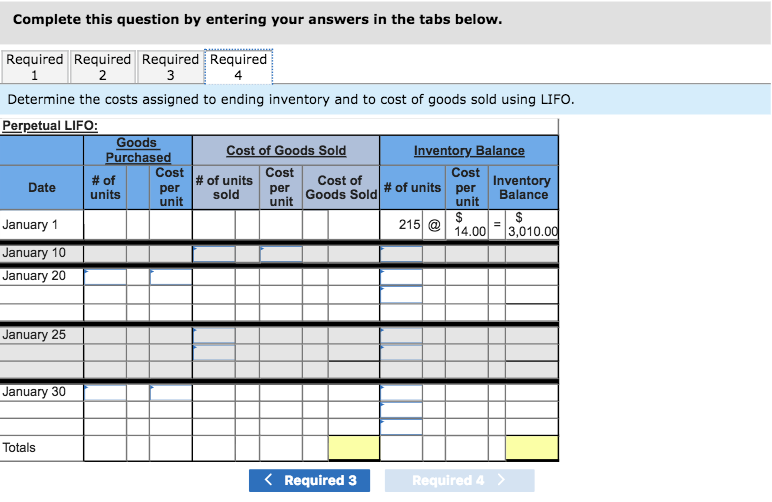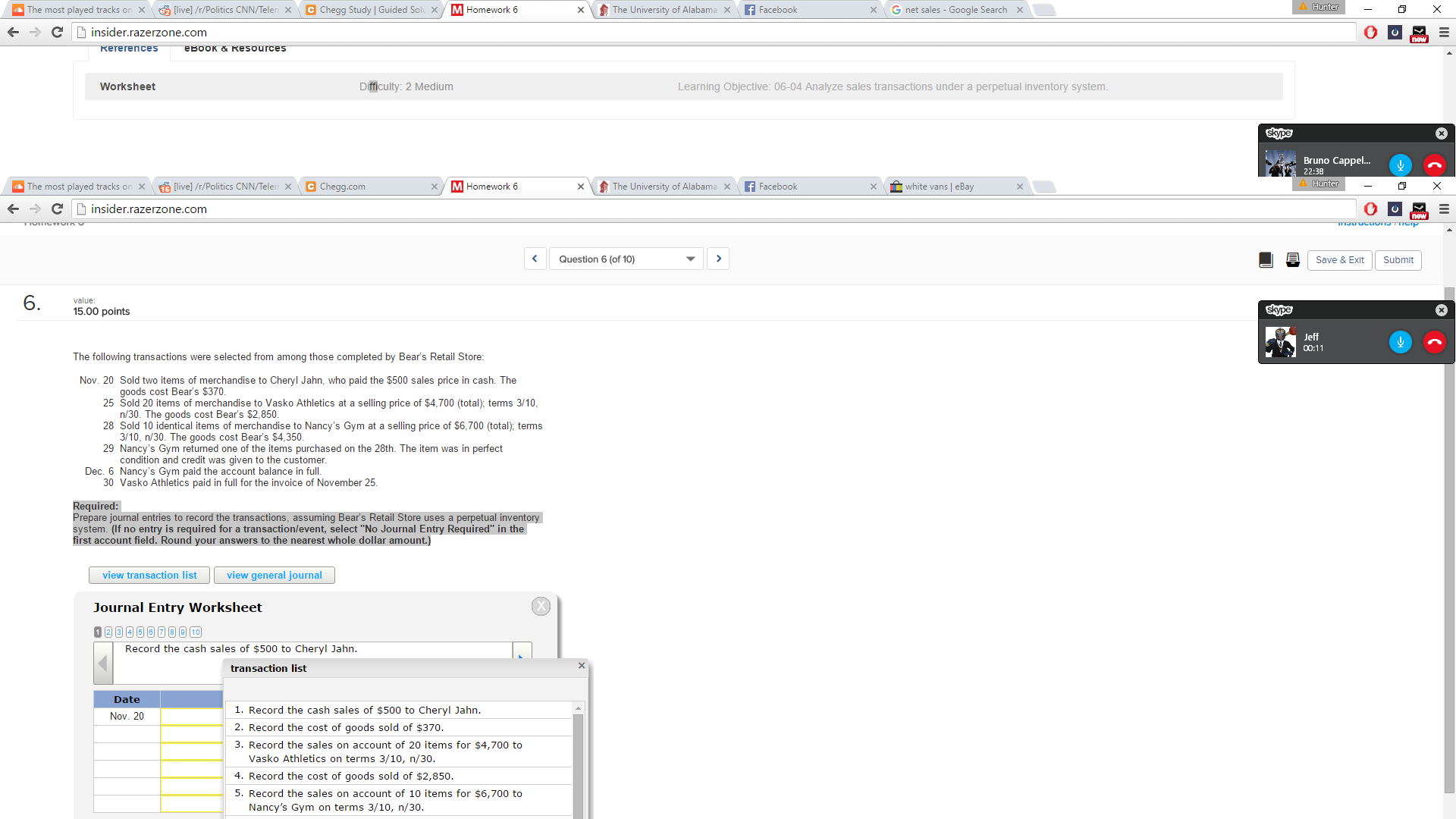

This entry distributes the balance in the purchases account between the inventory that was sold (cost of goods sold) and the amount of inventory that remains at period end (merchandise inventory). The credit entry to balance the adjustment is $13,005, which is the total amount that was recorded as purchases for the period. Cost of goods sold was calculated to be $7,260, which should be recorded as an expense. The inventory at the end of the period should be $8,895, requiring an entry to increase merchandise inventory by $5,745. Journal entries are not shown, but the following calculations provide the information that would be used in recording the necessary journal entries. Merchandise inventory, before adjustment, had a balance of $3,150, which was the beginning inventory. (attribution: Copyright Rice University, OpenStax, under CC BY-NC-SA 4.0 license) Calculation for the Ending Inventory Adjustment under Periodic/Specific Identification Methods The cost of goods sold, inventory, and gross margin shown in Figure 10.5 were determined from the previously-stated data, particular to specific identification costing.įigure 10.6 Specific Identification Periodic Cost Allocations Gross Margin. The specific identification costing assumption tracks inventory items individually, so that when they are sold, the exact cost of the item is used to offset the revenue from the sale. Calculations of Costs of Goods Sold, Ending Inventory, and Gross Margin, Specific Identification Subtracting this ending inventory from the $16,155 total of goods available for sale leaves $7,260 in cost of goods sold this period. none of the 210 units that were purchased for $33 were sold, leaving all 210 of the $33 units remainingĮnding inventory was made up of 10 units at $21 each, 65 units at $27 each, and 210 units at $33 each, for a total specific identification ending inventory value of $8,895.160 of the 225 units that were purchased for $27 were sold, leaving 65 of the $27 units remaining.140 of the 150 units that were purchased for $21 were sold, leaving 10 of $21 units remaining.So for The Spy Who Loves You, considering the entire period together, note that

In this demonstration, assume that some sales were made by specifically tracked goods that are part of a lot, as previously stated for this method. The specific identification method of cost allocation directly tracks each of the units purchased and costs them out as they are actually sold.



 0 kommentar(er)
0 kommentar(er)
